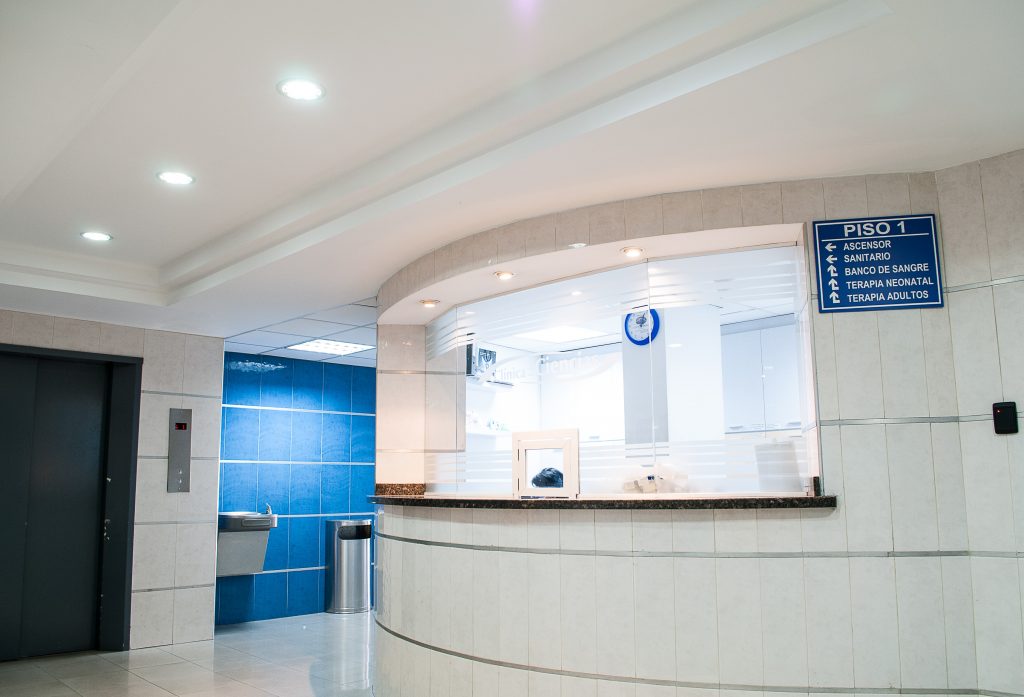 The dramatic rise of the Internet Of Things (IOT) technology is big news of late, but it could be making hospital security a whole lot worse. Connected medical devices which are supposed to bring about patient safety come with a whole new set of problems, in particular, a risk of increased cyber attacks.
The dramatic rise of the Internet Of Things (IOT) technology is big news of late, but it could be making hospital security a whole lot worse. Connected medical devices which are supposed to bring about patient safety come with a whole new set of problems, in particular, a risk of increased cyber attacks.
Hospitals in general contain a whole host of information, which is extremely valuable to hackers. However at the same time, dependence on IOT technology (which isn’t known for being resilient) is increasing. Before long you have a situation where a dependence on connected IOT technology is growing faster than the capability to virtually secure it. It goes without saying that in areas which affect human life and public safety, higher standards of care are needed.
The issue is that many IOT start-up companies don’t consider security to be high on their agenda. Or even when they do, it’s usually thought of as a costly headache that can be dealt with later on down the line.
So what’s the answer? Here are some pointers…
Firstly identify the risks
Hackers can break into most systems. In some cases they’ll hide for a time, waiting for the right time to attack. Many medical devices are connected to specialised legacy systems which communicate test results back to a centralised computer. If that system has been infiltrated with ransomware doctors aren’t able to make clinical decisions based on that data. This can and will endanger lives.
As a result hospitals need to maintain back-up systems and also pay attention to what happens to the data and ensure that it’s always correct.
Do due diligence on equipment manufacturers
Before purchasing any IOT equipment it’s advisable for hospitals to ask if they regularly update their software to safeguard potential damaging cyberattacks. If the answer is no, then it’s best to avoid purchasing any products. To combat the growing current problem, the Australian Government are issuing a series of guidelines which future products have to adhere to. These guidelines are forcing IOT manufacturers to buckle down on their security, meaning that the next generation of insulin pumps, pacemakers, and any other IOT products can’t be released without a high level of security embedded within them.
Segmenting hospital networks
The challenge for hospitals is to provide patients with the most up to date and effective tools to save and prolong life while at the same time ensuring the security and privacy of any data gleaned. For this reason hospitals should look to segment hospital networks. This way if a breach does happen, then it’s less likely that it will bring the hospital to a grinding halt. While segregating systems can make patching and fixing vulnerabilities difficult, it makes it far harder for a cyberattack to paralyse an entire system
Here at MA Security as well as providing security personnel for events, businesses, corporations, and individuals, we also carry out security assessments. Here we can highlight any potential risks and offer secure solutions to protect your business. Contact us today on 1300 020 406 and don’t let your company fall prey to a cyber hacker.



